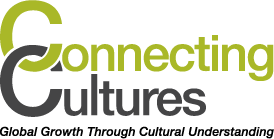
DIVERSITY, EQUITY & INCLUSION REPORT
Databased inclusion surveys that your company can use as a tool to develop Diversity & Inclusion strategies

DATA-based diversity reports that can lay the foundation for actual inclusion of all employees.
Diversity and inclusion measurement
At ConnectingCultures, we conduct various types of inclusion measurements and diversity studies.
Below are 2 examples of the most common measurements (eller survey?) we conduct for our clients.
1. DiversityDiagnostics (Didi): A comprehensive inclusion survey aimed at identifying which specific minority and employee groups that experience dissatisfaction, limited access to career development, non-inclusion, or outright exclusion or harassment.
2. Country-specific DE&I analysis & reports: These provide our clients with a status on strengths and challenges in local markets. We advise on attention points for global companies looking to develop and implement diversity strategies in local markets outside the headquarters. Focus is on diversity parameters such as gender, LGBT+, ethnicity, age and life stages, physical and mental disabilities, religion, etc.
Our consultants have long experience conducting quantitative and qualitative surveys in organizations, both in research and on a consulting basis.
Our consultants have long experience conducting quantitative and qualitative surveys in organizations, both in research and on a consulting basis.



Advantages of using inclusion measurements to develop targeted DEI-strategies
– Increased performance and innovation in your organization. Studies show that diverse teams perform up to 30% better than non-diverse teams and can contribute up to 35% more innovation.
– Increased well-being, satisfaction, and better mental health among your employees.
– Fewer sick days, higher job satisfaction, and higher retention rates.
– Competitive advantages through broader market and customer knowledge.
– A stronger company culture where employees feel valued and respected.
It can seem overwhelming and complicated to start dealing with DEI in your organization. But it is definitely worth it. When diversity is actively included in an organization, there is much to gain, as described above: Higher degrees of innovation, enhanced performance, better retention rates, and greater job satisfaction among employees.
NEXT STEP
But how do you get started? An internal data-based survey can be a good way to start, instead of going forward without direction or following random trends. An inclusion measurement is about measuring your unique organization and employee composition, identifying strengths, challenges, and development potential.
The goal of our inclusion measurement is to positively leverage the organization’s overall diversity. It requires understanding where to focus efforts to include employee groups and individuals. And that is exactly what an inclusion measurement can do. Leveraging employee diversity allows organizations to discover new methods for enhancing competitiveness and well-being.
- Cultural diversity
- Nationalities
- Age and life stages
- Seniority
- Neurodiversity
- Ethnicity
- Religion
- Sexual orientation
- Gender
- Educational background
- Social background
- Language diversity
- Professional background
other diversity factors relevant in your organisation
At ConnectingCultures we always work with DEI from an intersectional perspective. Intersectionality refers to how having multiple (minority) identities together can result in particular experiences of non-inclusion. Rather than focusing solely on one diversity factor, an intersectional analysis can bring new perspectives and better reflect the inclusion challenges some employees may face.
“We were very happy about the thorough preparation period and the development fase which we experienced as very positive.We experienced great responsiveness from the team and the focus on targeting everything to our organization and composition of employees was a huge advantage”
”The intersectional perspective really gave us new perspectives and knowledge about our employees.”
”The co-creation proces with Mikkel and Signe was a very meaningful way of collaboration”
”I am thrilled about the professional approach and in-depth analysis of data, as well as the methodical combination of qualitative and quantitative data. The qualitative data was used to shed light on the qualitative data but also led to conclusions themselves in our main report that we could use for our work with DE&I”

